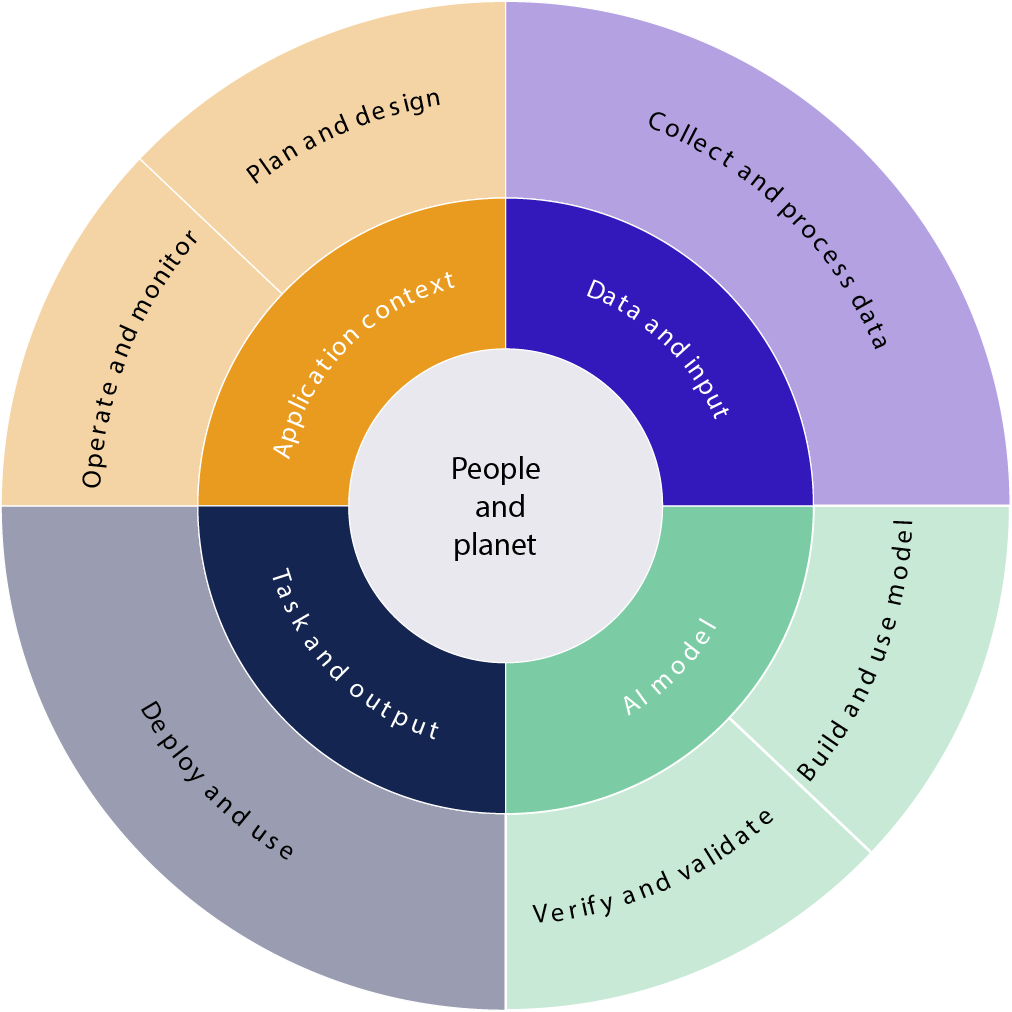Featured Posts
AI Prompts, Legal Privilege, Liability: A New World of Risks
When employees ask AI tools like Copilot or ChatGPT for security guidance, those conversations may not be private. Recent legal actions show that AI prompts can be discoverable, creating new risks for privilege, insurance coverage, and incident response. This article explores how to prepare your organization, and your legal team, for that reality.
AI Browsers Are Changing the Game: But at What Cost?
AI browsers like Comet are revolutionizing how we research and work, summarizing data, automating analysis, and delivering instant insights. For startups, that’s game-changing. But for regulated industries like banking and healthcare, the promise comes with serious privacy tradeoffs. In this post, CipherNorth breaks down what Comet’s own privacy policies reveal and why enterprise leaders should think twice before letting AI browsers near sensitive data.
Google’s AP2 and the Future of OpenBanking
Google’s AP2 protocol is reshaping the conversation on AI-driven payments, but with little participation from major U.S. banks, the risks of fragmentation are growing. As fintechs and card networks move quickly, it’s time for banks to step up and ensure open banking keeps pace with emerging standards.
Securing Developer Environments in the Age of AI: Balancing Innovation & Safety
As organizations embrace AI assistants and Copilot tools, developer environments face new security challenges. By default, MCP servers can connect from anywhere, leaving networks and codebases open to infiltration. This post explores how enterprises can balance innovation with security using MCP gateways, access restrictions, and enterprise configurations for GitHub and Visual Studio ensuring developers can experiment safely without exposing sensitive assets.
AI Risk in Banking: Preparing for Regulator Expectations
Artificial Intelligence in banking isn’t new, but its speed of deployment and regulatory scrutiny are unprecedented. Banks face a “bandwagon effect,” rushing AI initiatives while balancing risk management, governance, and consumer expectations. Key challenges like explainability and hallucinations require embedding AI into existing model risk frameworks, with strong controls, transparency, and incident readiness to safeguard compliance and trust.
Comparing GenAI Governance Frameworks: OWASP, NIST AI RMF, ISO/IEC 42001, and CipherNorth’s Foundational Approach
Generative AI governance is complex, with multiple frameworks available to address security, risk, ethics, and compliance. Compare OWASP LLM Top 10, NIST AI RMF & 600-1, ISO/IEC 42001:2023, and CipherNorth’s Foundational Framework to find the right approach for your organization’s maturity and goals.
CipherNorth’s Foundational Framework for Responsible GenAI Adoption
Not every organization is ready to implement a full AI governance program, but waiting to set guardrails can expose you to real risks like data leakage, misuse, and compliance gaps. At CipherNorth, we recommend a foundational framework, a streamlined set of policies, safeguards, and processes drawn from NIST, ISO, and other trusted sources, that gives organizations a secure starting point for using generative AI responsibly.
ISO/IEC 42001:2023 What It Is & Why It Matters
ISO/IEC 42001:2023 is an international standard for Artificial Intelligence Management Systems (AIMS), guiding organizations of all sizes to implement responsible AI governance, risk management, transparency, and continuous improvement. Certification demonstrates credible AI oversight, ethical practices, and regulatory alignment.
Adopting NIST AI 600-1 and the AI RMF: A Guide to Managing Generative AI Risks
The NIST AI Risk Management Framework (AI RMF 1.0) offers organizations a structured approach to managing AI risk through four functions: Govern, Map, Measure, and Manage. NIST AI 600-1, released in 2024, extends this framework to the unique challenges of generative AI, addressing issues like hallucinations, copyright, bias, and misuse. Together, they provide a practical foundation for integrating AI governance into existing risk and security programs.
Adopting the OWASP Top 10 for LLM Applications: A Practical Guide for Organizations
The OWASP Top 10 for Large Language Model (LLM) Applications highlights the most critical security risks in generative AI systems, from prompt injection to data leakage and misinformation. Updated in 2025, it provides organizations with a practical framework to identify vulnerabilities, strengthen application security, and build trust in LLM-powered tools.
Understanding Generative AI: Opportunities, Risks, and the Path to Responsible Use
Generative AI (GenAI) is moving from hype to practical adoption, transforming industries with tools like ChatGPT and Claude. But along with innovation come new risks, from data security and misinformation to compliance and third-party vulnerabilities. This article breaks down what GenAI is, outlines the unique challenges it creates, and explores frameworks like NIST’s AI RMF, ISO/IEC 42001, and OWASP’s LLM Top 10 that can help organizations innovate responsibly.
AI Doesn’t Create New Cyber Risks from Threat Actors: It Scales the Old Ones
AI hasn’t created new cyber risks - it’s accelerating existing ones. Learn why strong fundamentals and a well-practiced incident response plan matter more than chasing “AI-proof” products, and how CipherNorth helps build real resilience.















Audit readiness isn’t about scrambling before the audit—it’s about building predictable, repeatable habits that align security, compliance, and business goals. Here’s how to build a framework that works year-round.